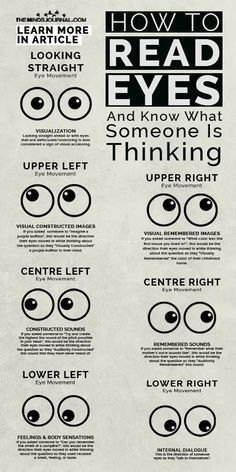The person taking the pictures should be capable to capture the originality of each shot since each one is a different representation of the topic. The photographer must mix a number of things to assist permit this. Body language, often known as nonverbal communication, is one of these variables. The importance of nonverbal cues is sometimes underestimated.

Body language is the unspoken communication a person makes by their postures, movements, and facial expressions. It is described in the Oxford English Dictionary’s definition from 2005 as “the conscious as well as unconscious movements and stances by which beliefs and emotions are communicated.” Usually, they are a person’s way of expressing their emotions or mental state. A superb portrait must be able to capture the subject in their most genuine setting, which goes hand in hand with the right posing methods.
The non-verbal cues or messages that are often employed in everyday life are body languages. In contrast to verbal communication, they often provide correct nuanced information and span from our bodily movements to our facial expressions. Body language accounts for 65 to 70 percent of every connection on average. Since there is no genuine verbal communication taking place between the topic and the viewer when taking photographs, non-verbal communication accounts for 100% of communication. Many times, before we learn the story below the image itself, we form an opinion about something just by observing the picture.
The impact of the subject’s position and the personality it conveys may be enhanced or diminished depending on how well one understands nonverbal communication. The “feel aspect” of the picture may be produced by it. The subject’s excessive expression may be altered with a simple alteration in body signals. The same non-vernal signal, however, might have varied meanings depending on the observer and the circumstances in which it was employed.
The initial goal of body signal reading is to ascertain the subject’s degree of comfort. The subject’s ability to convey body language will be more natural the more at ease they are. The degree of comfort may be assessed in a variety of ways, which are often categorized as either favorable or adverse. Non-verbal communication signals include a wide variety of diverse, interrelated aspects. The most advantageous of them are characterized as expressive body language, which helps photography.

knowing non-verbal communication clearly may be beneficial for knowing both ourselves and our topic. It may also help us write and communicate the message we wish to portray via our photographs. It is crucial to understand how even the smallest non-verbal cues may improve or undermine the general impacts of the subject’s stance since even little changes in non-verbal cues can have a large impact. The explanation of a number of consistent signals to denote a certain expression is necessary for understanding body language. There’s a no right or incorrect response; it all relies on personal perception of the many body language combinations utilized. When verbal communication is impossible and physical observation serves as the primary form of expression, nonverbal communication becomes important.